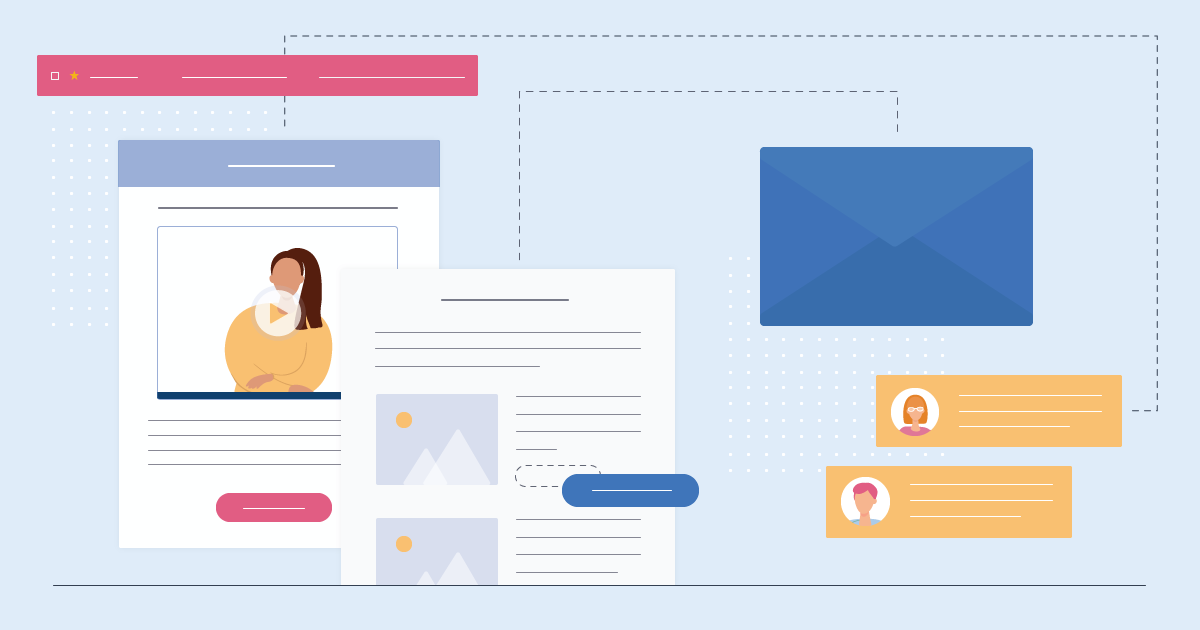

Retail Marketing: The Ultimate Beginner’s Playbook For 2024
Long ago, retail marketing was simple, like stealing candy from a baby. Then, everything changed when digital marketing appeared!
Don’t worry! This isn’t the story of how retail marketing went down, but how you can combine it with digital marketing to take your retail store to the next level!
If you tried to build a successful retail strategy but failed, let me tell you in Uncle Iroh’s words that “failure is the opportunity to start again!”
After reading our playbook, you’ll have a better idea of what retail marketing is and how to nail it.
So, without further ado, let’s get down to retail business!
What is Retail Marketing?
When we talk about retail marketing, we refer to the organized actions taken by a retailer to increase the brand awareness and sales of their retail store.
What distinguishes retail from other forms of trade is that retail focuses on the distribution of a specific number of products to an end-user.
Usually, this distribution occurs from a fixed location, aka your retail store, through different channels.
To do retail marketing successfully, you need to consider the four golden principles of retail: product, price, place, and promotion.
But more on them later on!
Now, let’s take a look at some of the most popular retail outlets out there.
Types of Retail Outlet
With new retail outlets popping up everywhere, I’d say that retailing is like the many-faced god.
But, you know, less lethal and more profitable.
Below, I collected some of the most popular retail outlets that consumers visit throughout their daily lives:
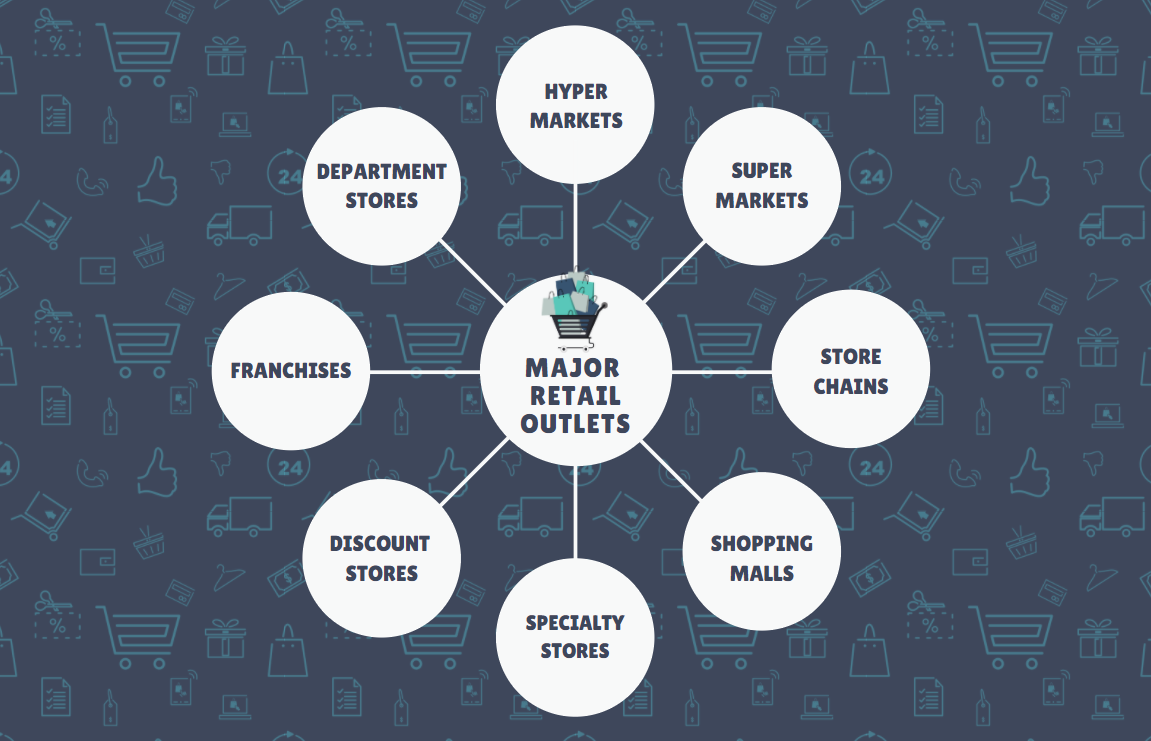
Each of these outlets gives consumers a different customer experience.
For example, department stores offer end-users a wide variety of products in a single place.
Supermarkets cover basic everyday needs such as food, houseware, and so on.
Based on the type of retail outlet, you need the right retail marketing tactics to target new customers.
This way, you can plan an effective retail strategy to increase brand awareness and promote customer loyalty.
Of course, before moving on, we couldn’t forget to mention online retailing or e-tailing.
The Rise of Online Retailing
Online retailing has skyrocketed, especially after the rise of Amazon, eBay, and Etsy.
With e-tailing, shoppers can now find items faster and easier, taking the hassle out of visiting numerous stores.
However, what does this mean for the future of the brick-and-mortar store?
Well, mortar businesses have long faced what I like to call a “Retailocalypse.”
According to statistics, the decline of the mortar store had to do with younger shoppers’ purchasing preferences.
More precisely, 67% of millennials like to search and purchase on eCommerce sites rather than physical stores.
With giants like Amazon making consumers’ lives easier, retailers had a hard time adjusting to the new reality.
Nevertheless, more and more mortar retailers have embraced online shopping, giving their customers the best of both worlds.
You can see this beautiful combo both in smaller local businesses and retail giants like Walmart:
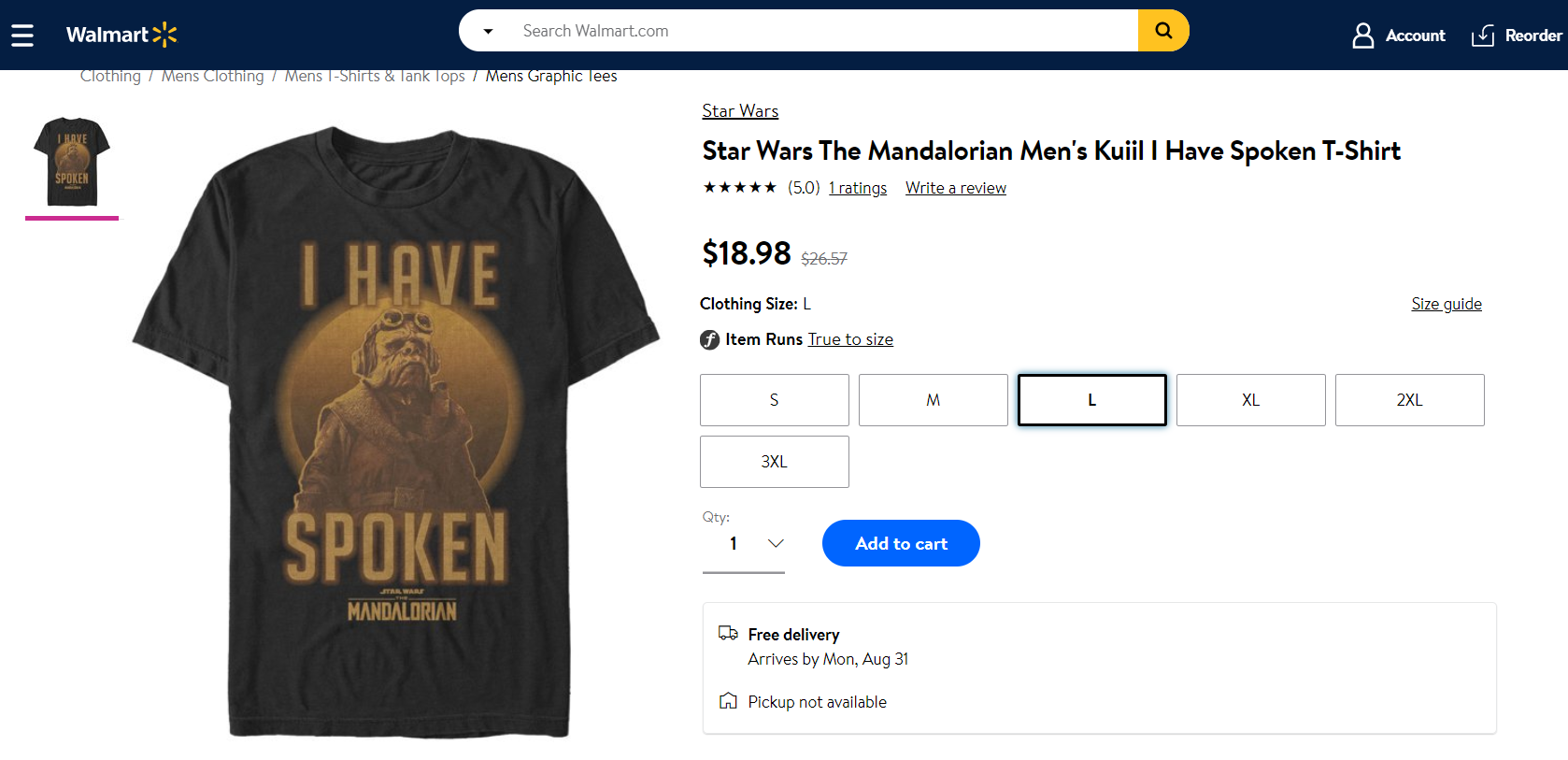
Retail marketing is all about finding smart ways to survive in the dominant eCommerce market.
Some businesses have already found how to take their brick and mortar business online for more conversions.
You can be like them! But before you do, let’s see some essential things first.
What are the Components of a Retail Marketing Mix?
Think of the retail marketing mix as a recipe for a plain cake.
Some people like to tweak it by adding cocoa powder. As a result, they end up with a delicious chocolate cake.
Others will even add a bit of liquor (don’t look at me) to give their older guests a nice twist.
With your retail marketing plan, you will address key elements like location, product, and price.
However, as with your cake recipe, the retail mix needs to adapt based on your target audience.
And while the retail foundation model is usually labeled as “simplified,” businesses tend to extend it to include all the necessary aspects to make a retail store thrive.
More specifically, a modern marketing mix will include the following:
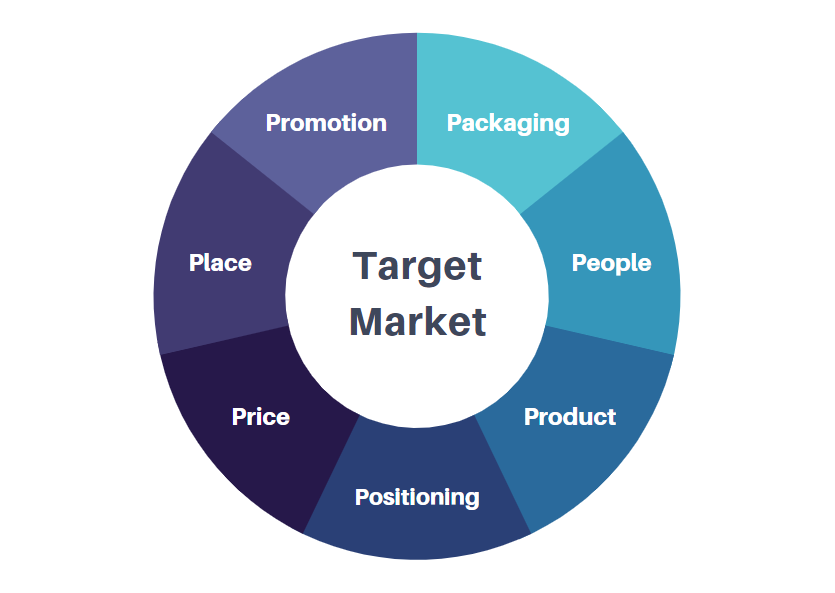
For retail marketing, though, the golden principles are your product, price, place, and promotion.
Let’s take a more in-depth look at each principle below.
The 4 Principles of Retail Marketing
With your store in mind, you need to consider the four crucial retail marketing mix types:
1. The Product Mix
First in line is the product mix (aka product assortment).
A product mix indicates the number of product lines of a company.
When we talk about the product mix, we usually assign four dimensions to the line:
- Length – the number of products found in each product line
- Width – the total number of product lines
- Depth – the variety of products on each line based on specific characteristics
- Consistency – the connections between your product lines
The product mix includes similar or different product lines sold by a company.
For example, here’s a depiction of IKEA’s product mix:
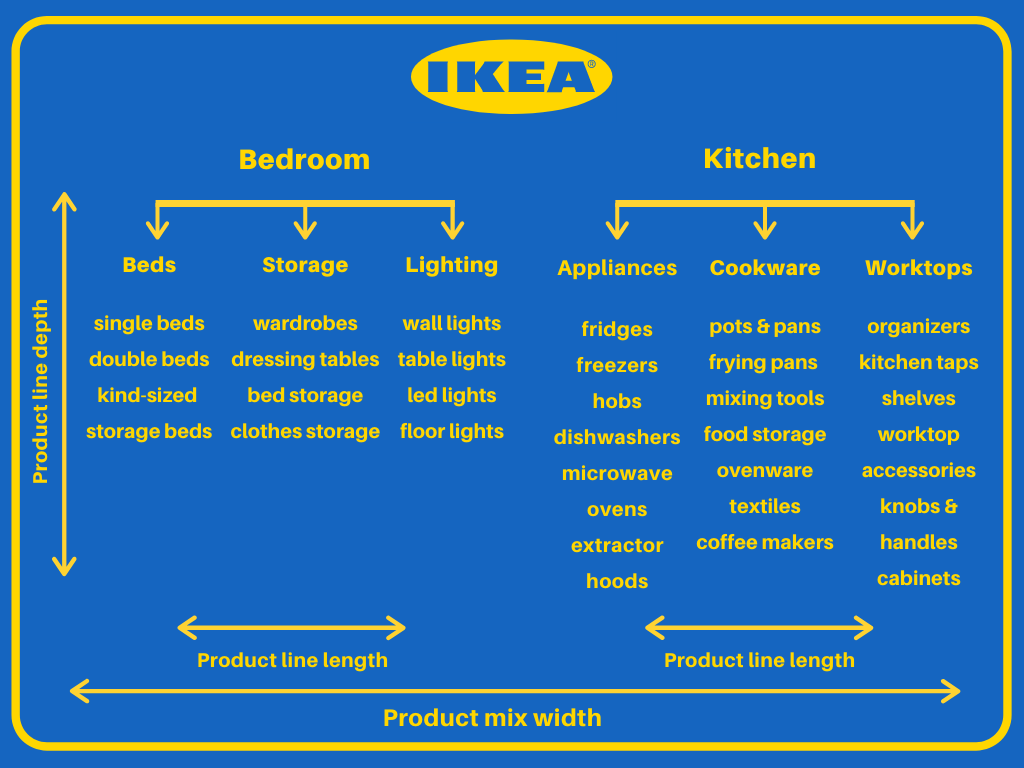
When it comes to consistency, IKEA is a prime example of a retailer selling both hard and soft goods that complement each other.
So, a customer won’t have to visit multiple stores to set up their new home, whether they need furniture or bedding!
2. The Price Mix
Secondly, we have the price mix, one of the most essential components for a successful retail business.
A successful pricing strategy helps companies reach their goals and reach profitability.
However, while it might sound easy, the price mix needs careful planning.
There’s a fine line between price and cost. Profit will determine the survival or not of your retail store out there.
And to make one, you need to ensure steady cash flow and have competitive pricing.
Keep in mind that low prices might be attractive for your discount-thirsty audience.
Nevertheless, that doesn’t mean that a low pricing model will help you make a profit.
First impressions are important for new customers.
So, targeting them with the right pricing strategy will turn them into regular customers and establish your retail brand.
3. The Place Mix
Apart from the price mix, you need to pay extra attention to the place of your operations.
Just imagine opening a convenience store in the middle of the desert.
How many customers do you think you’ll have within a week?
That’s right!
A convenience store in the middle of nowhere will cover no-one’s needs. And your target audience will look for a similar place to shop near their houses.
For example, when you search for convenience stores in Las Vegas, you can see that the majority of them are located around the city center:
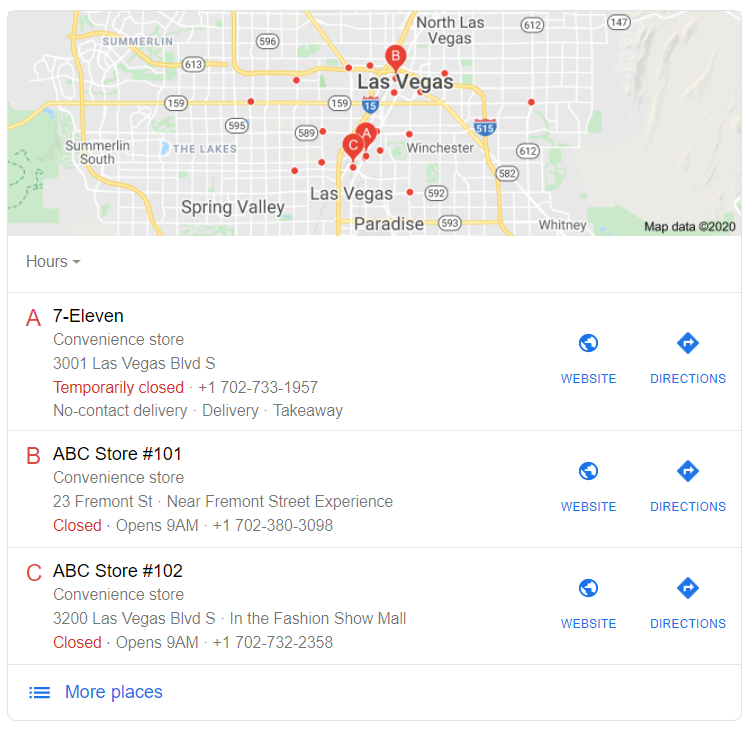
No matter how cheap your product is, without the right place, you won’t make a profit, and your target customers will find other stores to cover their daily needs.
To avoid such otherworldly scenarios, always keep accessibility in mind.
Can your customers easily find your store? Then you’re on the right track!
Search engines are also becoming smarter by the day.
So, instead of showing them irrelevant results, they will display the ones that will fulfill their search intent and give them fast solutions.
4. The Promotion Mix
Finally, the promotion mix includes all your marketing efforts and campaigns to reach your target market and convert them into loyal customers.
A successful marketing campaign, either in the form of a billboard, flyers, or a TV commercial, is crucial to increase your sales.
Sometimes, getting inspired by some of the best guerilla marketing ideas will even give your efforts a huge boost and excite your audience!
Here’s an example from Craftsman:
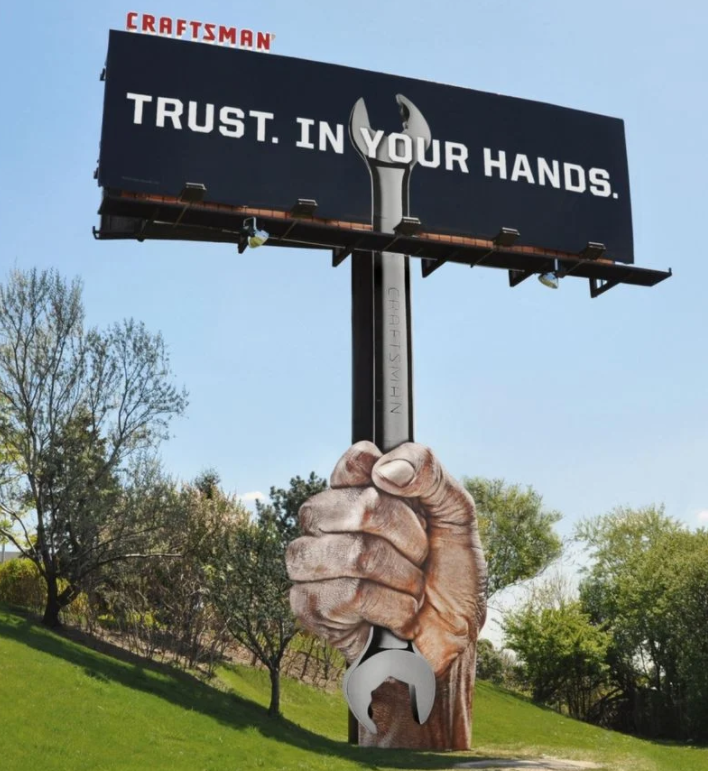
What you need to keep in mind, though, is that your promotional mix should always take into account your product and audience.
Different products will call for specific promotional techniques.
For example, an extravagant marketing campaign will appeal more to a younger audience.
An older audience, though, might find it a little too much for them.
With these in mind, you are now one step closer to nailing retail marketing.
Moving on, let’s take a look at your budget and the people you need to make your retail store and retail tactics work.
Retail Marketing Budget
Today’s retail marketing budget is very different from the past.
With the rise of digital marketing, retailers have at their disposal more sophisticated means to promote new products.
Billboard advertising is still alive. However, with the majority of consumers’ having a social media profile, you can’t skip social media.
According to retail marketing statistics, 47% of retail marketers already plan to increase the use of personalized social media ads.
More specifically, platforms like Facebook and Instagram are among the most popular networks that retailers invest in.
Why?
First of all, Facebook now has over 2.7 billion monthly active users, which makes it the largest social media network worldwide.
The platform also attracts a varied demographic, meaning that a retailer can find and reach their target market in a breeze.
Instagram, on the other hand, is famous for its visual-centric content, Instagram influencer marketing, and its younger demographic.
It only takes a digital walk around the network to see that department stores like Macy’s have embraced Instagram to increase in-store sales:
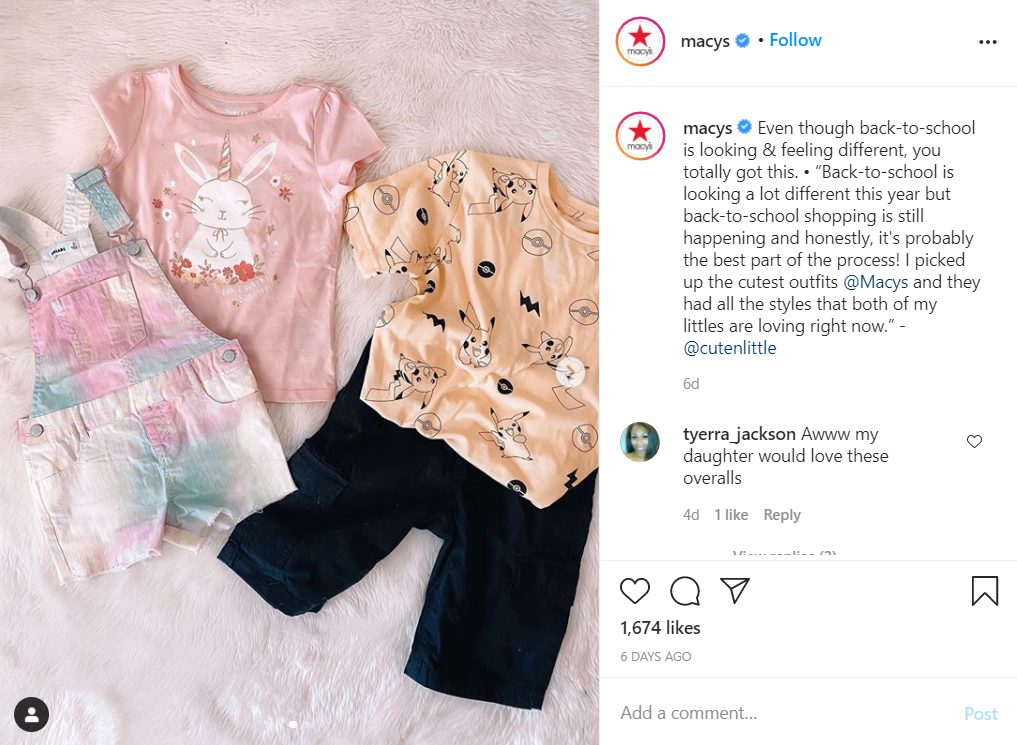
The increasing popularity of social networks makes them the perfect place to promote new products and keep in touch with regular customers.
Also, creating a post like this one costs nothing. Nevertheless, organic traffic sometimes needs an extra boost.
That’s where paid traffic comes in to increase your visibility and conversions. But more on that later on!
Now, let’s see…
The Right Mix of People For Your Retail Store
Retail management is no easy feat.
If you want to succeed, you need to make sure that you have the right people to help you out.
To give you a hand, let’s break down the everyday heroes of every successful retail store.
Retail Sales Associate
(Or your friendly neighborhood Spiderman!)
To scale your business, you need skilled people to offer in-store customers with a fantastic experience.
A sales associate will help you with everything your store needs and more.
Be it keeping the store clean and organized or helping a customer choose the right size, your sales associate is essential for your retail marketing success.
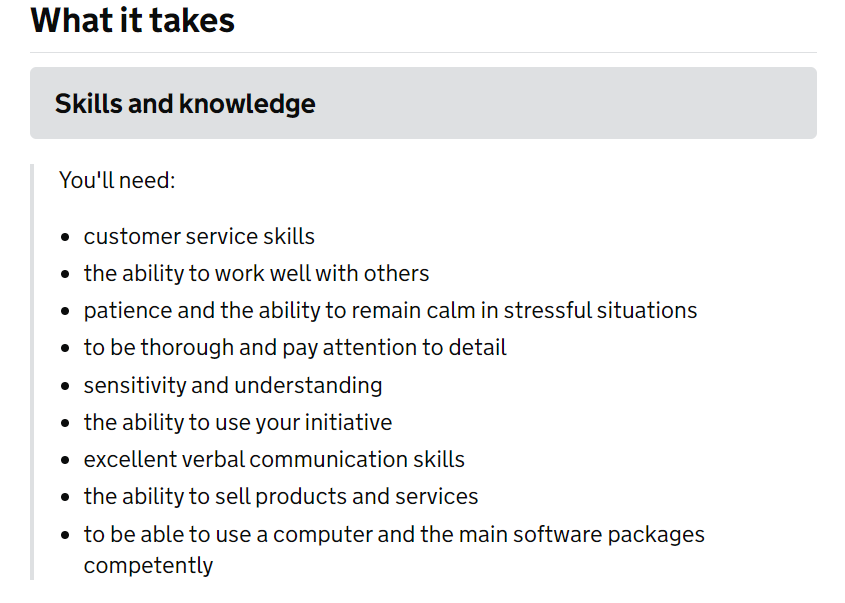
Sales associates are necessary when:
- customers have a hard time locating the right products for them
- your retail store is big and has a variety of products (e.g. IKEA)
- promote products
- restock items and more
Salary: Sales associates earn an average of $11.05 per hour.
Retail Customer Service Representative
Your customer service rep will work behind the curtains to ensure that your customers receive the best support.
Through email, phone, or a live chat service, your representatives will make sure to answer customer queries and solve product-related problems.
What’s more, with a skilled customer service representative, you’ll manage to re-enforce your customer relationships.
User experience is crucial for the success of a retail business. So, don’t forget to invest in the right people!
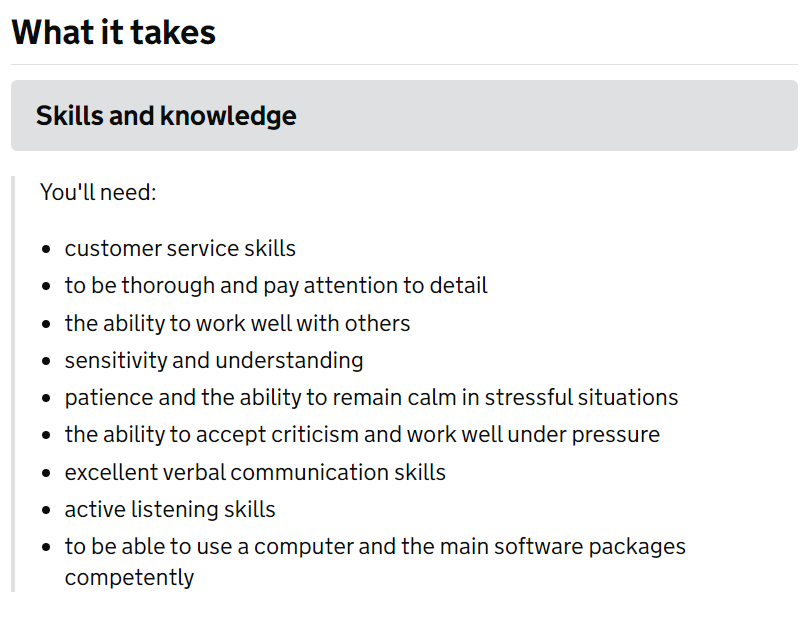
Customer Service representatives are essential to:
- Solve common customer problems
- Provide valuable information to customers
- Act as a mediator between your store and the customer
Salary: A retail customer service representative can earn an average of $14.22 per hour.
Retail Store Manager
Your retail store manager will be responsible for taking care of daily tasks and managing your employees.
Sometimes, your store manager might even need to undertake more complex assignments in your stead.
A great manager should make sure that your retail store runs smoothly, monitoring retail sales, and solving complex customer problems.
In a nutshell, your store manager needs to be someone trustworthy and skilled enough to fulfill part of your duties and help you run your in-store retail marketing strategy.
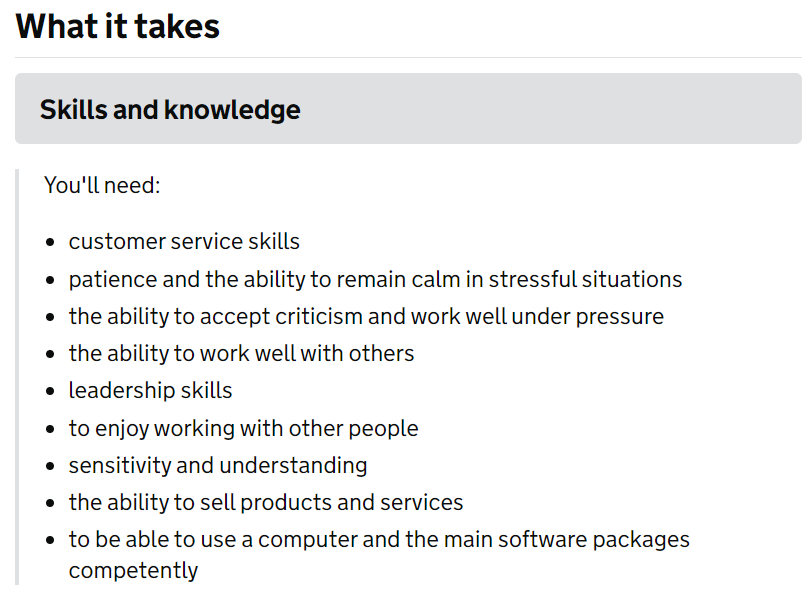
A retail store manager is crucial to:
- help you run your store more efficiently
- implement store policies and manage employees
- collect information, solve problems and promote customer relationships
Salary: Retail store managers can earn an average of $15.21 per hour.
Retail Social Media Manager
A retail social media manager (SMM) position is relatively new for retail stores.
The position emerged after the realization that social media can be a cost-effective retail marketing tool to build brand awareness.
A social media manager for retail will be in charge of promoting the company through social media channels, becoming the voice of the brand.
What’s more, the more experienced your SMM is, the better they will help you come up with new social media marketing strategies and even help you master TikTok marketing for business!
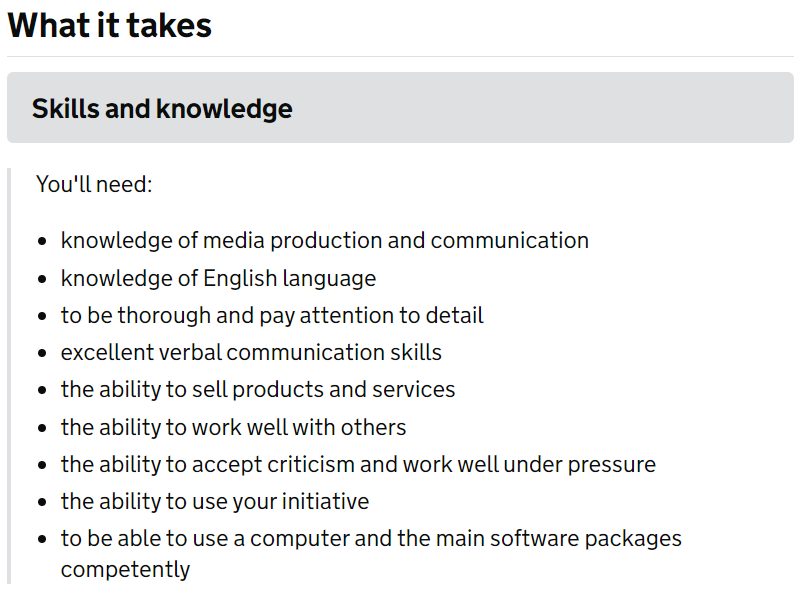
You need a retail social media manager to:
- establish an online presence
- voice your brand on social media
- increase your brand awareness and boost your retail sales
- strengthen your word of mouth through engaging or viral content
Salary: Social media managers can earn an average of $15.65 per hour.
9 Effective Retail Marketing Strategies for Your Retail Business
Up to now, you found out about retail marketing, the types of outlets, the components of a retail mix, the principles of retail, and your retail budget.
Now, let me take you on a different journey!
It’s time to see how to create a compelling retail marketing strategy that combines both in-store and digital tactics to increase sales and ensure your growth.
Let’s begin!
1. Leverage the Power of Email Marketing – Digital Strategy
Email marketing is part of every successful marketing strategy, including your retail store!
Sounds a bit odd? Well, I totally understand what you’re thinking.
However, when you trade with the digital consumer of 2020 and soon 2021, your retail store needs to keep up modern tactics!
Getting started with email marketing can be a little overwhelming.
But with the right email marketing software, you can do it (avoiding getting yourself into unnecessary table-flippings)!
To start, you need to choose one of the best email marketing services out there.
Moosend, for example, is an excellent option for email marketing newbies since it has an easy-to-use interface and a lengthy free trial to learn the ropes without any upfront investment.
You can create a free account and test email marketing out with unlimited emails for up to 1,000 subscribers.
How cool is that? When you get the hang of it, it’s time to create your new retail and email marketing campaign!
Creating an Email Marketing Campaign for Retail
If you’re still wondering why you need email marketing in your retail marketing strategy, I got two words for you: more sales!
Special sales occasions like Black Friday and Cyber Monday are retail goldmines! But how can you compete with all those eCommerce stores?
Well, here’s an example from Bed Bath & Beyond:
Subject line: 🚨 Not a drill! 🚨 LAST CHANCE for 20% off entire purchase online and in-store!
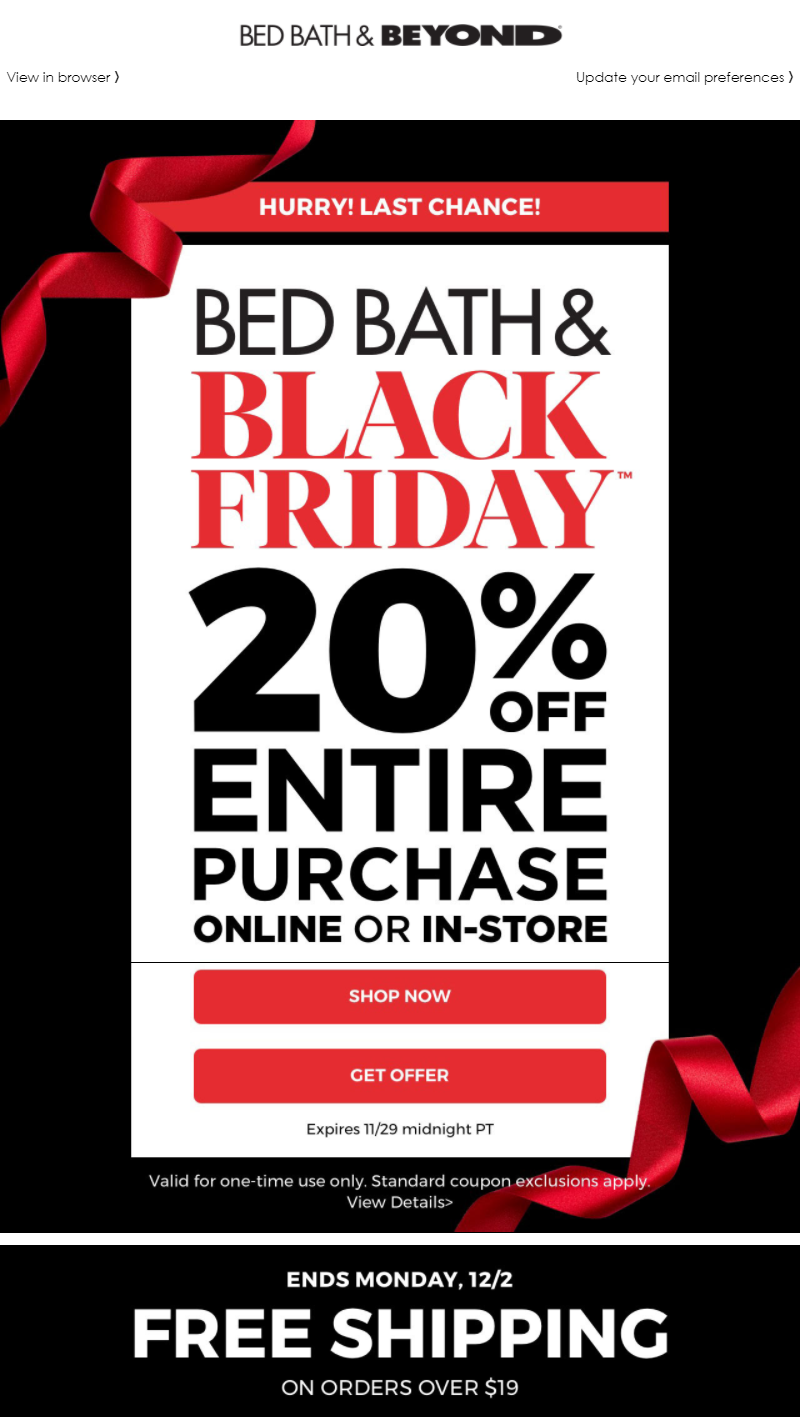
With this email campaign, the retailer targeted Black Friday buyers both online and in-store, maximizing its sales reach.
It doesn’t take advanced rocket science skills to come up with similar campaigns for your retail store.
After all, a holiday campaign should have the following:
- An attractive subject line (make sure to test those with our awesome subject line tester, Refine!)
- Elegant visuals to grab customers’ attention and boost clicks
- A call to action that stands out
- A value proposition to die for
With all these, you can design a simple yet effective email campaign to nail retail marketing in a breeze.
Now, you may ask:
“But what if it isn’t a special occasion? Then what?”
Well, dear retailer, apart from creating newsletters, you can craft unique sales campaigns for your audience!
How does a Black Friday sale in July sound?
Gorgeous, right?
Leesa’s Drip Campaign Example
Is it a bird? Is it a plane? No, silly! It’s just a drip campaign!
Drip campaigns are a series of emails sent to your subscribers at specific times and dates.
You can set up your drip campaigns through marketing automation to run your retail email marketing on autopilot.
In Leesa’s case, a drip campaign and a creative idea are all it takes to start a sales revolution!
Subject line: 🙌 IT’S HAPPENING 🙌The Black Friday in July Sale is on NOW!
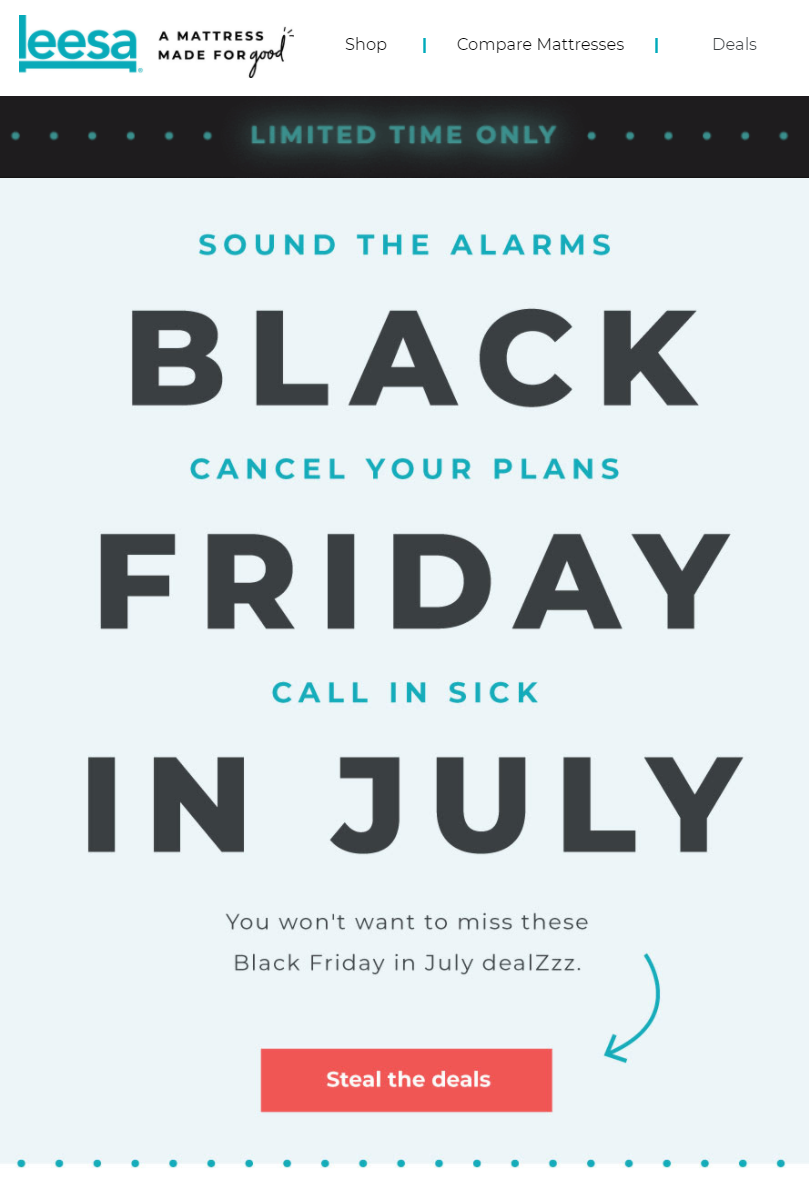
This is by far one of my favorite drip campaigns out there!
Like Leesa, you can create equally impressive campaigns to promote your sales.
Not only that, but you can design a campaign to incentivize your subscribers to visit your store by organizing and promoting an event.
Just don’t forget to add a map or a “Find a store” section in your emails to let your audience know where to find you!
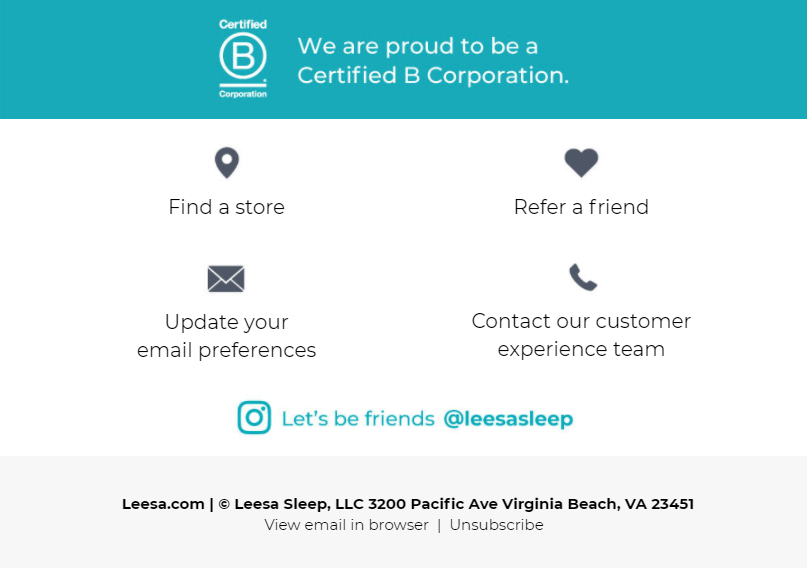
The possibilities are endless when you marry retail marketing with email marketing!
If you want to learn how Leesa targets its customers with a drip series, make sure to check our best drip campaign examples!
You won’t be disappointed!
And before we move on to our next strategy, take a look at some of the best email campaign types you can use for your retail marketing.
Best Email Campaigns for Retailers
The crème de la crème of email campaigns for retailers is here!
Apart from your newsletters, which you can easily create by selecting one of Moosend’s responsive newsletter templates, you can increase your digital and foot traffic by creating:
- unique coupon and discount campaigns
- in-store events emails
- secret sales on your website or your physical stores
- new product launch emails
- campaigns to celebrate milestones (loyalty points collection, free items, etc.)
2. Create an Attractive Storefront – In-store Strategy
Want to make a strong impression? Then an appealing storefront is all you need!
Successful retail stores have long invested in their storefronts to excite their target audience and make them step inside.
When they do, you’ve already won half the battle.
Converting them, though, requires the successful collaboration of your sales associates, your products, and your potential shopper’s intent.
That’s no easy task since it will require excellent timing!
Nevertheless, investing in a beautiful storefront will motivate potential customers to check your store.
I won’t lie; I’m a fan of ordering things online, mostly books. But when I saw this store one fine morning on my way to Starbucks, I had to check it out:
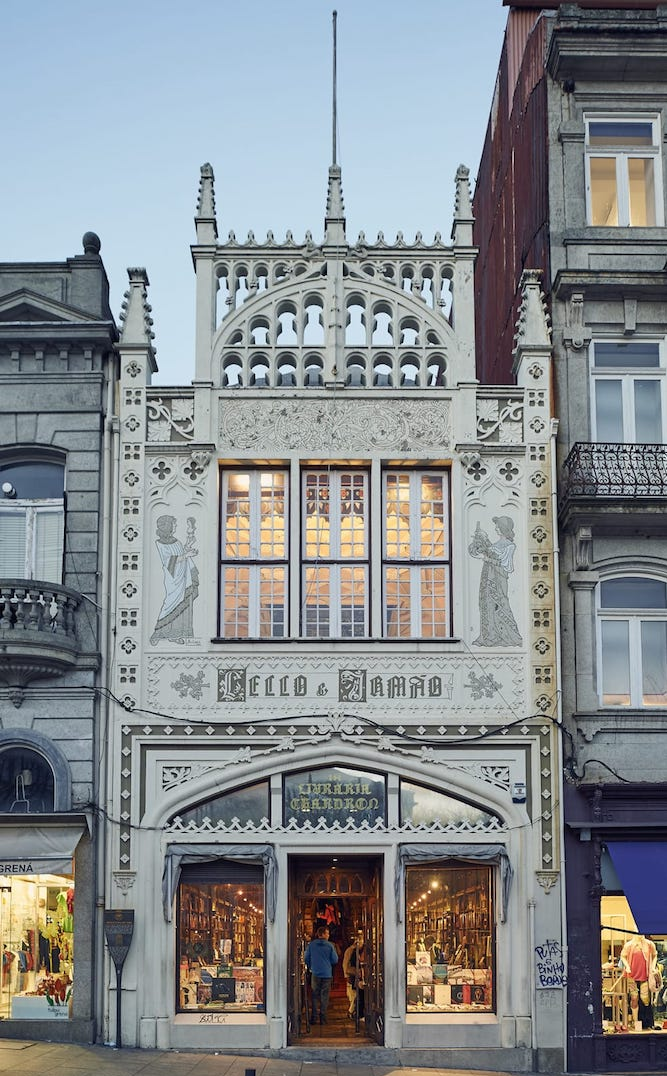
That’s the storefront of Livraria Lello, one of the most famous bookstores in Porto.
Trust me. This isn’t your typical Barnes & Noble! Nevertheless, the storefront isn’t the only thing that made me skip my morning cup of coffee.
When your storefront has the right amount of intrigue, all you need is the proper store layout to make your customers stay.
For me, Livraria Lello’s combination was every bookworm’s dream come true:

The Harry Potter vibe is everywhere (and yes, I left the store after hours with a bag full of books)!
To sum it up, make sure to create an impressive storefront that will work in tandem with your store’s layout.
As visual creatures, consumers love everything unique and intriguing. Your storefront is the first touchpoint for your audience.
So, if you want your retail marketing strategy to work, don’t invest in plain designs!
3. Promote your Retail Store on Social Media – Digital Strategy
Promoting your business online starts with good old content marketing! Which means you need to think, what does my audience like to see?
Is it an excellent video featuring my new products? A behind-the-scenes clip? A guide? Or something else?
When you find that out, you need a way to show it to your target audience.
And what’s better (and free) than your social media accounts?
Nada!
I talked about the value of promoting your retail business online through social media.
Now, let’s see more about organic and paid social traffic!
Promote Using your Social Media Content
Do you know what Tiffany & Co, Macy’s, Kohl’s, and Wendy’s have in common?
An Instagram profile with millions of followers!
Whether you have an online storefront for your retail business or not, you can leverage your social profiles to increase your retail sales.
What you need is a beautiful Instagram bio and a link back to your website.
For retailer Tiffany & Co, using Instagram marketing to increase retail sales is a regular retail marketing tactic for the brand:
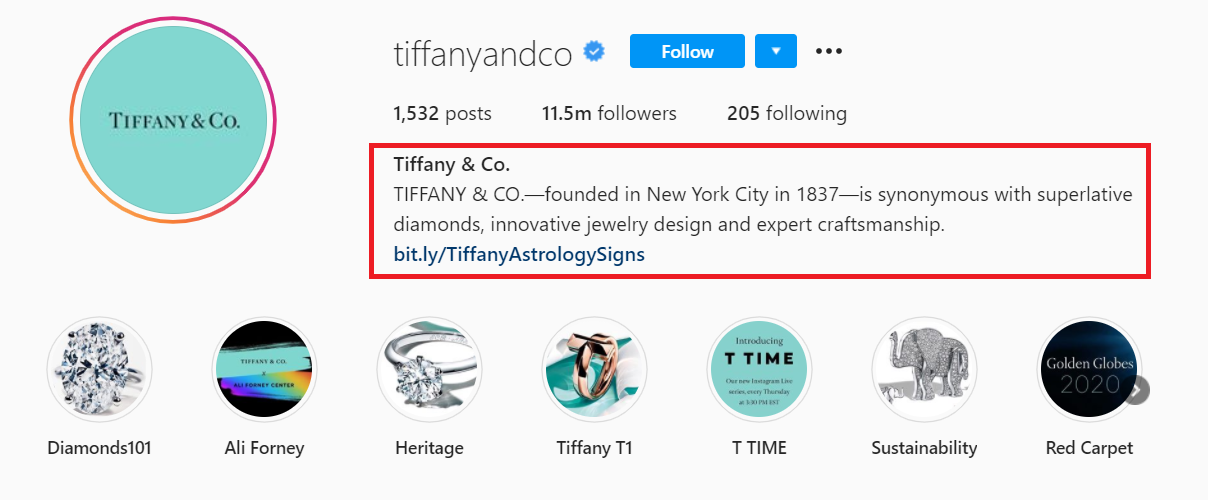
The retailer uses its profile to link to a birthday gift guide that gives new customers and loyal shoppers a new twist to the classic shopping guide experience.
With 11.5m followers, the brand sure knows how to engage with its followers, increasing both in-store and eCommerce sales.
Of course, there’s more to it than simply adding a link to your Instagram bio.
The ace in your retail sleeve is the cross-promotion of your retail store.
So, if you create something like Covet did, why not post it on Instagram to get those likes and promote your store like a retail boss?
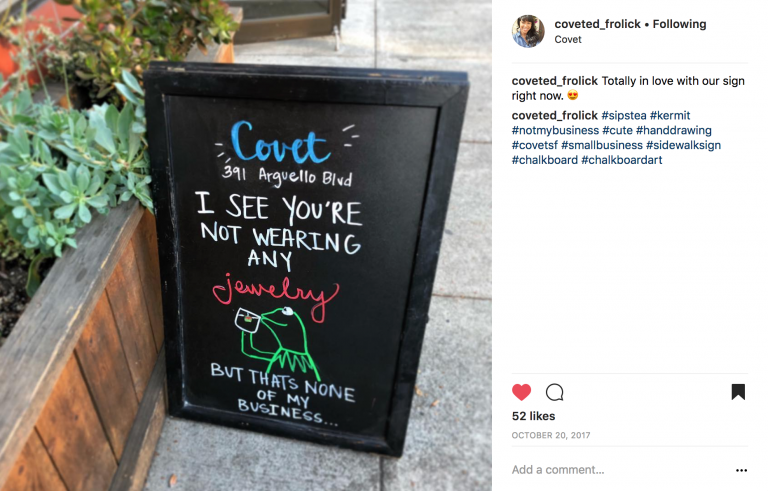
Funny? Yes!
Perfectly satisfies users’ love for memes? Absolutely!
Shows potential customers where your physical store is? Hell yeah!
Promote with Facebook Ads
Sometimes your organic traffic endeavors are not enough to hit your retail store goals.
So, mastering the art of Facebook lead ads will allow you to generate additional leads and boost your retail sales.
Here’s a simple table with the average Facebook advertising cost:
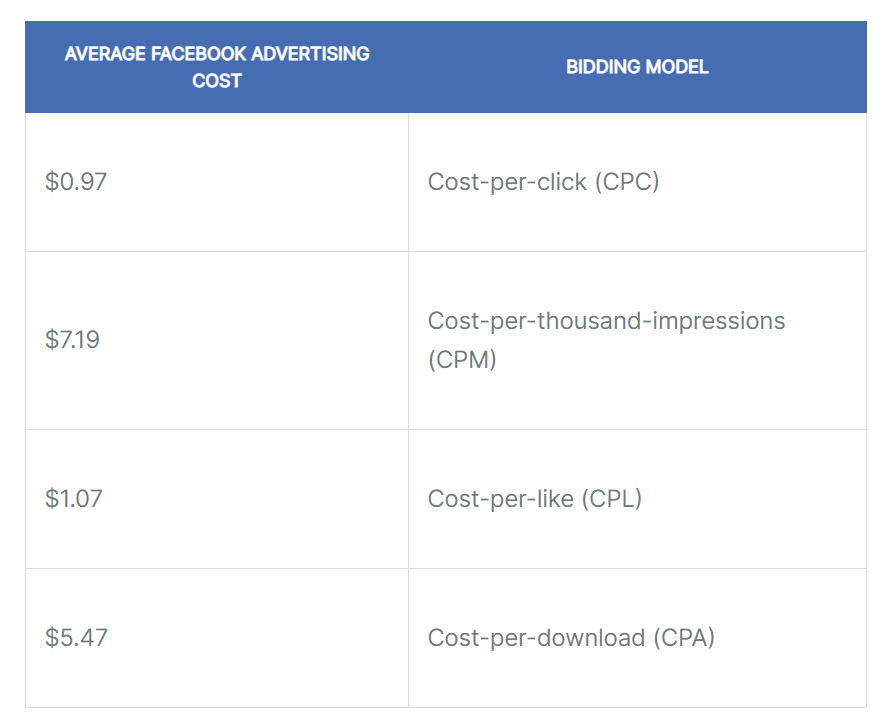
As you can see, the average cost-per-click (CPC) is about $0.97.
To get a little more specific, for the retail industry, the average CPC comes to $0.70, which is lower compared to other industries.
In the following example, the famous retailer H&M leverages Facebook conversion ads to promote new products:
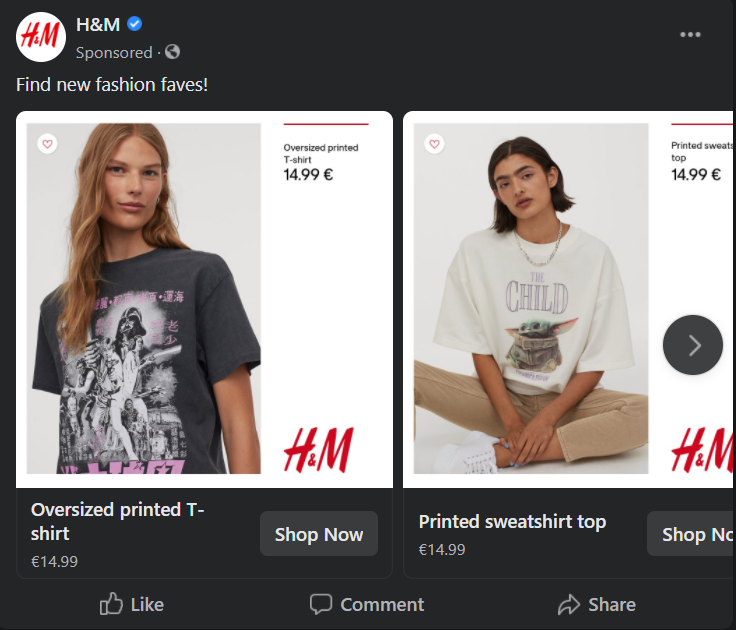
More specifically, the clothing retailer opts for a simple carousel Facebook ad.
This ad format enables the brand to demonstrate new products and catch the interest of numerous customers.
Simple as that!
Promote with Instagram Ads
Compared to Facebook ads, Instagram ads range between $0.20-$2.00.
In a not-so-unexpected plot twist, statistics show that 29% of retail marketers highlighted that Instagram is the social media network where they spend the most.
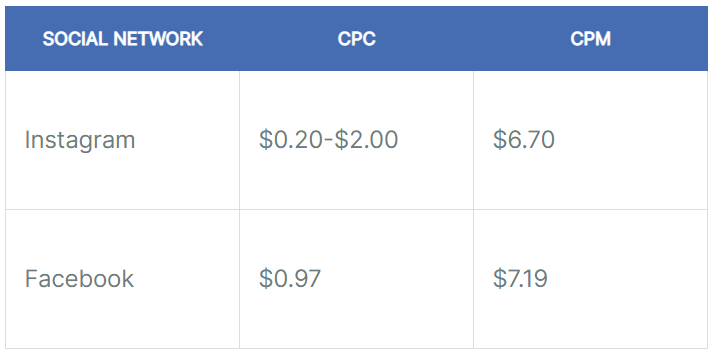
Instagram ads are a little more complicated than Facebook. What I mean is that the cost can vary depending on:
- Bid amount
- Your competitors
- Target audience relevancy score
- Estimated engagement and actions taken by users
- Special criteria (holidays, industry, etc.)
While Instagram ads can devour a large portion of your retail marketing budget, they can efficiently help you promote a specific product to your target audience.
And, of course, H&M couldn’t be absent from Instagram with another 10-picture carousel:
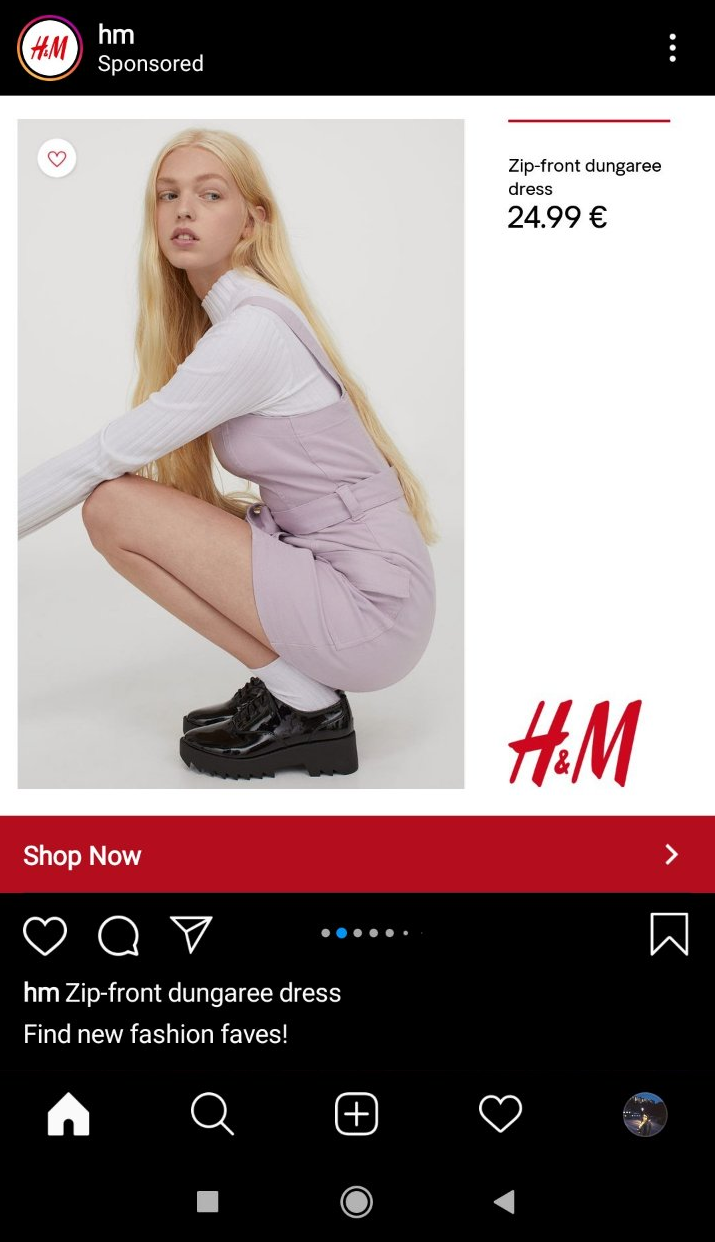
While Facebook and Instagram are the most prominent social network to run your ads magic, based on your audience, you can also leverage other platforms for better results.
For instance, you can get yourself into Twitter or LinkedIn ads to increase your reach and get more retail sales in a breeze.
4. Reward your Customer through a Loyalty Program – Mixed Strategy
To paraphrase the Godfather, “Customer, I am honored and grateful that you came to our retail store. Since you pledged your loyalty, here’s a reward!”
I might have overdone it a little bit. But you get the point!
For retail marketing, having regular customers will help you reach your goals faster and ensure a steady flow of cash.
But to get from potential customers to loyal customers, you need the right motivation!
That’s where your loyalty program comes in to save the day!
A retail loyalty program usually starts at your store when your cashier informs your buyers that they can collect points for every new purchase.
The promise of a fantastic discount or free item is what makes customers sign up for a loyalty card.
Rewarding your customers’ loyalty will ultimately drive them back to you.
However, that’s not the only thing you can do with your loyalty program.
When your customers sign up, they offer you their email address, mobile phone number, and address.
The Body Shop, for instance, send me this email after I signed up for a loyalty card at their store:
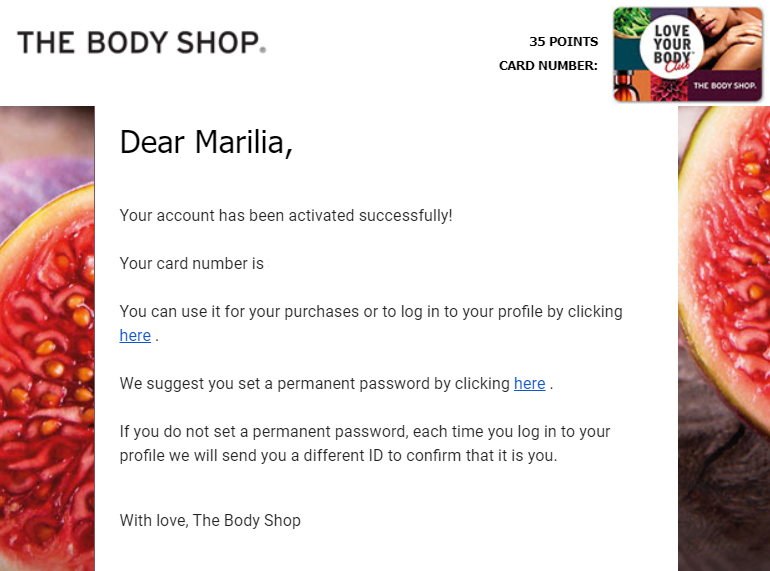
So, now the brand has my email, and they can send me all sorts of promotional campaigns to get me back to their store.
Not only that, but the Body Shop can also send me product catalogs through the mail and even target me with special in-store offers through SMS.
And all these by signing up for a loyalty card!
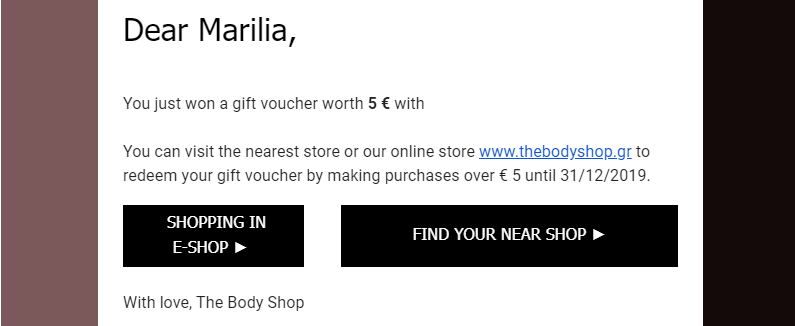
Hot tip: Your retailing marketing efforts should focus on offering your customers a seamless experience across all channels. So, an omnichannel loyalty program will give customers better experiences and more reason to interact with your store.
5. Improve your Store with Customer Feedback – Mixed Strategy
Your retail store might look perfect, but that doesn’t mean that there isn’t room for improvement.
As a retail store owner, your perspective is sometimes different from your target audience.
That’s how potential issues can arise. And you most definitely don’t need that.
The best way to improve your mortar store is through a customer feedback system.
Customers love it when they become part of the process. So, letting them share their opinion will offer instant gratification and give you valuable insight.
For your retail store, this feedback will help you improve user experience and rethink your retail marketing approach.
For Dufry, a simple customer feedback machine is all you need to take the hassle out of feedback collection:
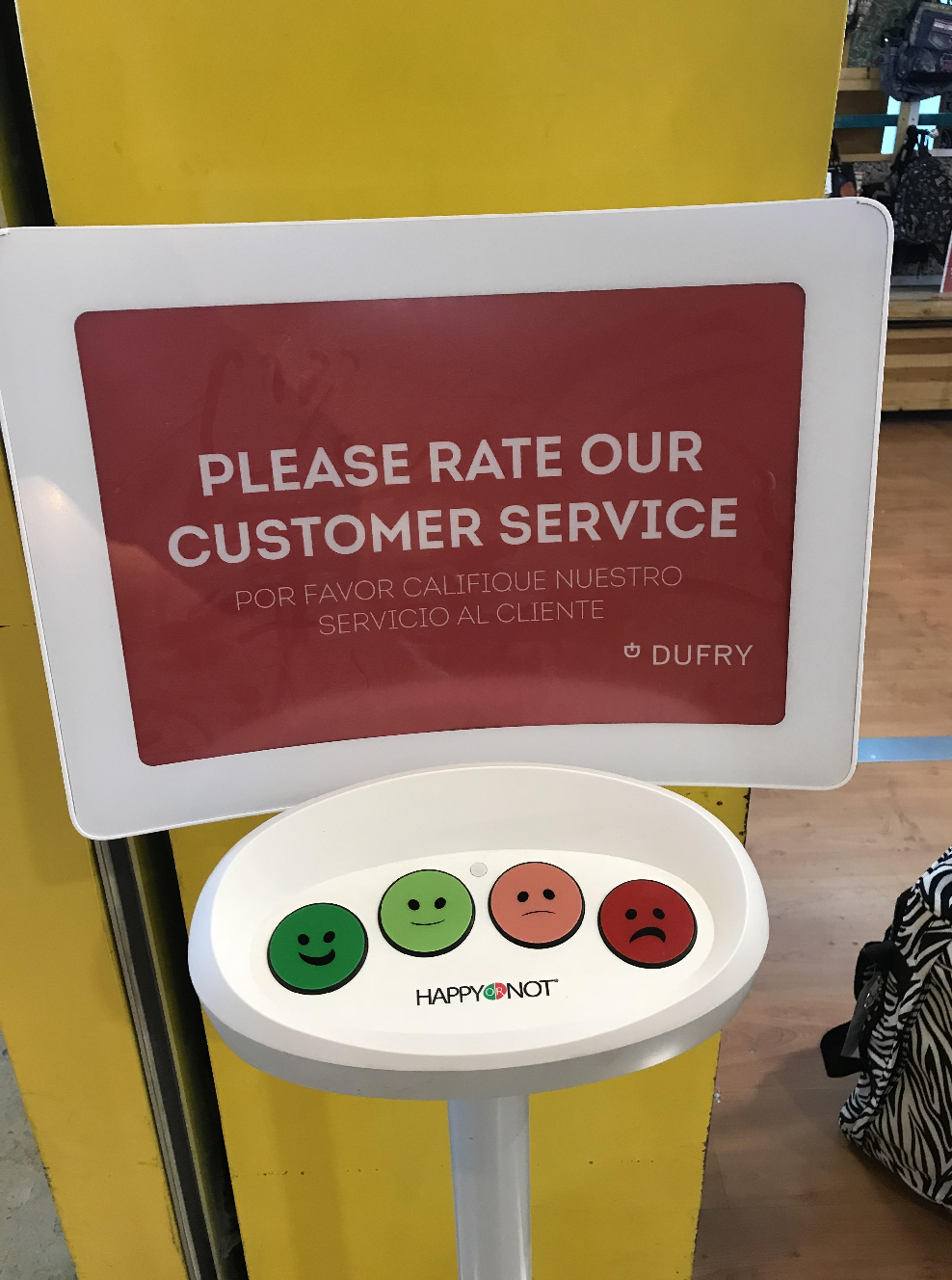
While simple and effective, you can always leverage your email campaigns to ask for more detailed feedback and offer a reward.
Just make sure to have already collected your customers’ email addresses beforehand!
You can do that through your loyalty program (wink wink) or a newsletter signup form when they visit your website!
6. Plan In-Store Events – Mixed Strategy
What differentiates retail from eCommerce is the ability to organize in-store events for your customers!
As we said, customers love becoming part of the process.
So, inviting them to an exclusive event will both excite them and give your brand image a considerable boost.
Hosting an event, though, is not an easy task. You first need to determine what sort of event it will be.
If it’s a new product launch, you need to plan all the details to provide your customers with a fantastic experience that’ll translate to sales.
Giving free samples of your product is an excellent idea. But why play it safe when you can go big?
That’s what Morphe probably thought when they planned their new store expansion event in Canada back in 2019.
The brand joined forces with beauty YouTuber and make-up artist James Charles.
The result? Well, the shopping mall had to close down as 10.000 fans showed up to attend the event!
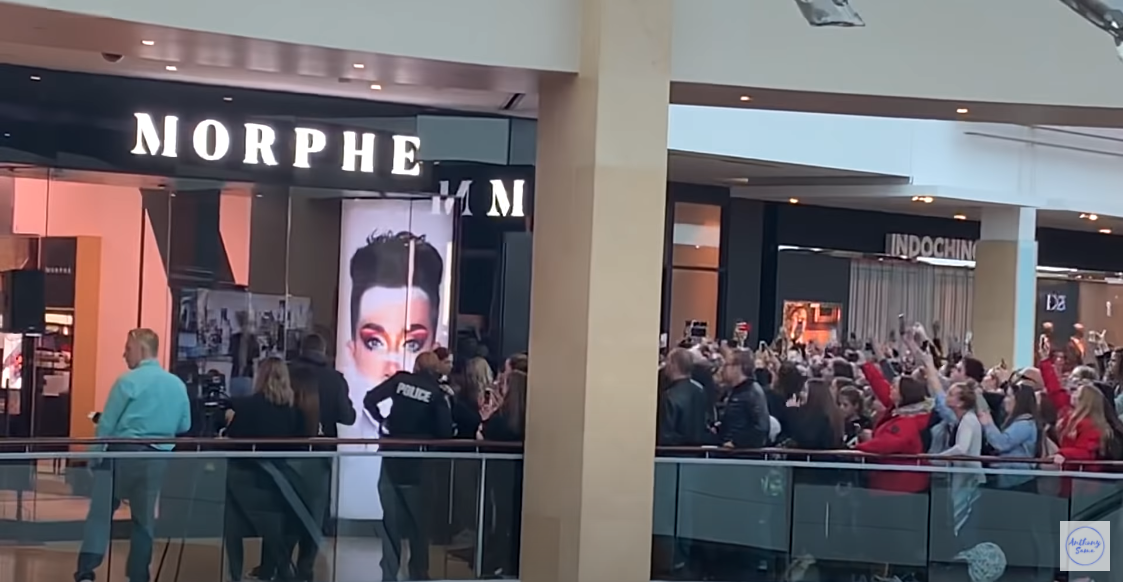
Attendance was so great that they had to close down the shopping mall.
While that happened, Morphe had already achieved its goal:
- by inviting James Charles, they created hype
- 10.000 people took pictures/videos and posted it on social media using relevant hashtags, captions, and the store’s physical location
- the event went viral, increasing Morphe’s brand awareness
If you ask me, that’s retail marketing at its finest!
And speaking of influencers…
7. Get on the Influencer Train – Digital Strategy
Instagram influencer marketing is so hot right now!
And why shouldn’ it? People love Instagram. They follow a ton of influencers and even try the things these influencers recommend.
When you think about your retail store, though, you are a little skeptical about it.
Well, don’t be!
Influencer marketing either on Instagram, Facebook, and so on, will give you the means to promote your retail store effectively.
In a nutshell, collaborating with influencers is the perfect way to boost your brand awareness and generate both digital and foot traffic to your store.
When it comes to choosing the right partners, you can choose between:
- Macro-influencers – Big names with massive audiences. Collabs with macro-influencers are usually more expensive and less personal.
- Micro-influencers – Smaller audiences and reasonable prices. Micro-influencers win due to their close bonds with their audiences.
- Nano-influencers – Despite their tiny audiences, nano-influencers treat their followers like family, which means more engagement and greater conversion rates.
In the following example, you can see how Primark leverages the power of influencers to boost retail sales:
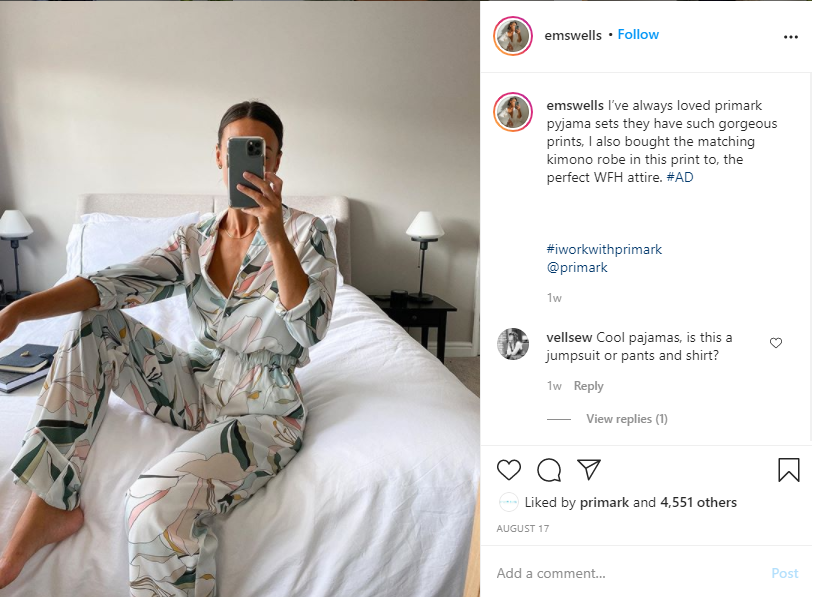
Don’t listen to those telling you that you can’t infuse your retail marketing strategy with influencers.
With the right partnerships, you can increase your brand awareness, sales, and get your retail store to higher heights.
Of course, collaborating with influencers isn’t the only thing you can do.
So, how does collaborating with other stores in your area sound?
8. Establish Meaningful Partnerships – In-store Strategy
Retail marketing is all about getting smart with your tactics to reach your retail goals.
In the previous section, we saw how you could use the power of internet personas to build your brand.
But how about collaborating with the people around you?
Getting in touch with other local retailers will allow you to promote your store, especially when you are new in retail.
For example, partnering with a store that has the same target audience will give your business a considerable boost.
All it takes is to sit down with your partners and come to a promotional agreement that will benefit both of you.
With the right partnerships, you’ll get to a new level of retail promotion.
For retail giants like Disney and Target, their collaboration is a prime example of retail partnerships done right:

For Disney’s audience, Target allowed them to buy Disney-store exclusive items and boost sales.
For Target’s audience, Disney’s popularity meant that customers visiting their store for specific products would spend more time around the store, resulting in more sales.
What a day to be alive in retail marketing town!
9. Take Advantage of Google Shopping – Digital Strategy
Last but not least, we have good old Google Shopping!
The service allows consumers to check products from online and local businesses, compare them, and buy the ones that suit their needs.
For retailers, listing your products on Google Shopping will expose your brand to millions of people.
Especially if you have a newer retail store that’s less discoverable, your Google Shopping listing will help you get those few first sales.
What’s more, listing your items is entirely free. So, you have nothing to lose by adding your products!

Helping customers find what they’re looking for through Google is the easiest way to get those sales going.
Now that we covered that let’s take a quick look at some of the most crucial retail marketing trends for 2021.
Then, you’ll be free to enjoy your Mojito and plan your next big retail marketing strategy!
4 Retail Marketing Trends for 2021 and Beyond
As consumers’ needs and shopping patterns change, retailers need to adapt to the new reality.
To help you out, here are some of the most important trends you need to look out for 2020 and beyond.
1. Embracing the Digital Era
Mortar stores once used to promote themselves through billboards, flyers, catalogs, and more.
In 2020, though, the need for digital marketing was more crucial than ever.
Investing in social media and email marketing is no longer optional but a necessity to ensure the survival of your retail store.
With the “Retailocalypse” still affecting numerous retail businesses, retailers need to compete with their online competitors in the most efficient way.
If you still haven’t got yourself into social ads or email marketing, it’s high time you did!
And don’t forget! You can get started with email marketing by joining Moosend for free.
Let the digital games begin!
2. Omnichannel is the New Black
We saw a bit about the omnichannel experience above.
Customers need a seamless experience that will transcend the traditional multichannel approach.
Retail marketers will take this into account and target their audience with messages tailored to their needs.
While there are specific omnichannel retail challenges you’ll need to overcome, a successful omnichannel approach will give you better insight into what your customers need and how to target them the right way.
3. Customer Experience Matters More than Ever
The era of impersonal marketing is over. Now, you need smarter marketing tactics to make your customers feel valued.
Personalization has long been a force to be reckoned with.
And as we’ve seen in email marketing, this force will give you better open rates and conversions.
Thus, retail personalization is one of the most important trends you need to embrace for the future.
This way, you’ll manage to build relationships with your target audience and show them that you aren’t just another brand that only wants their money.
Takeaway
This was one hell of a ride!
If you read through, you are now ready to tackle retail marketing like a pro.
While retail has long focused on in-store practices, you, the modern retailer, need all the help you can get to increase your reach and meet your goals.
Understanding the fundamental principles of retail marketing, the components of the retail mix, and the most important trends will help you create the ultimate strategy to succeed.
So, what are you waiting for!
Create or revamp your retail strategy to get ahead of your competition and make your retail business last!
And as I always say, may the marketing Force be with you, young retailer!
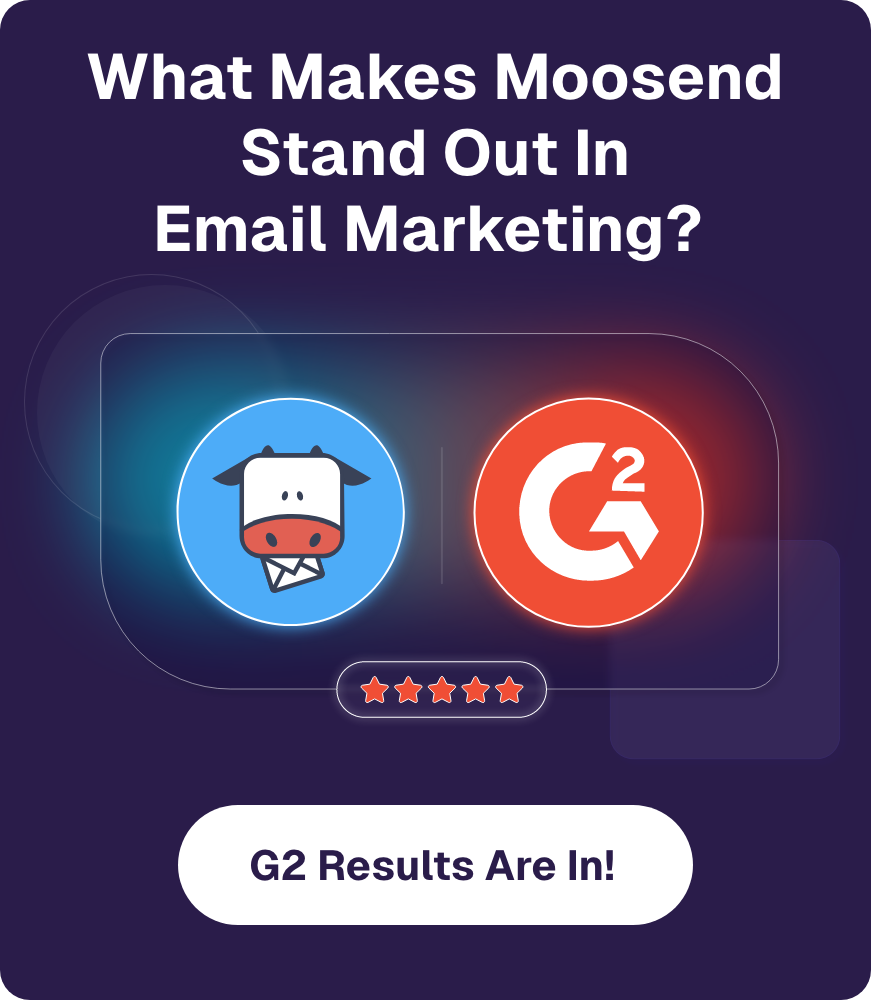
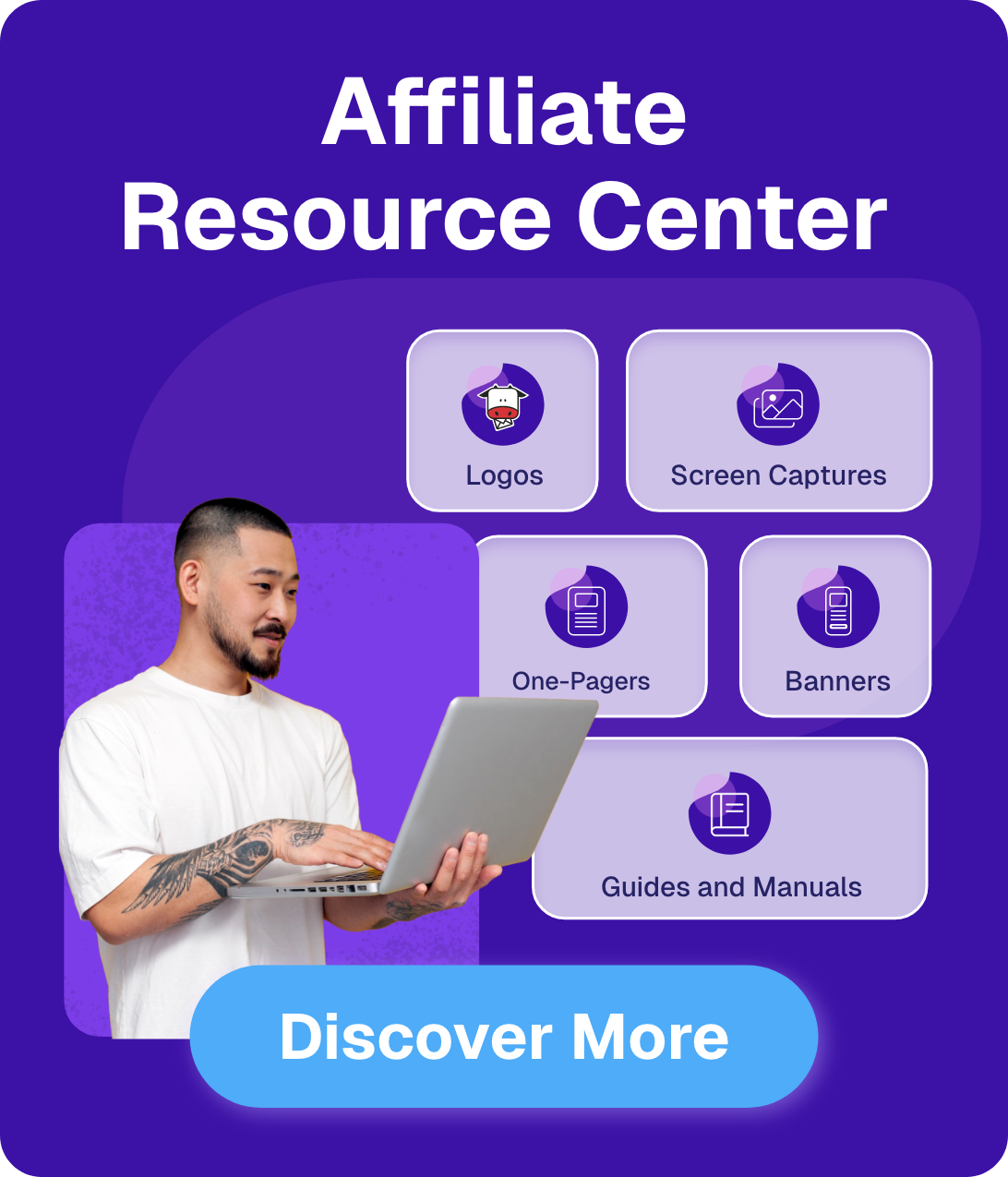

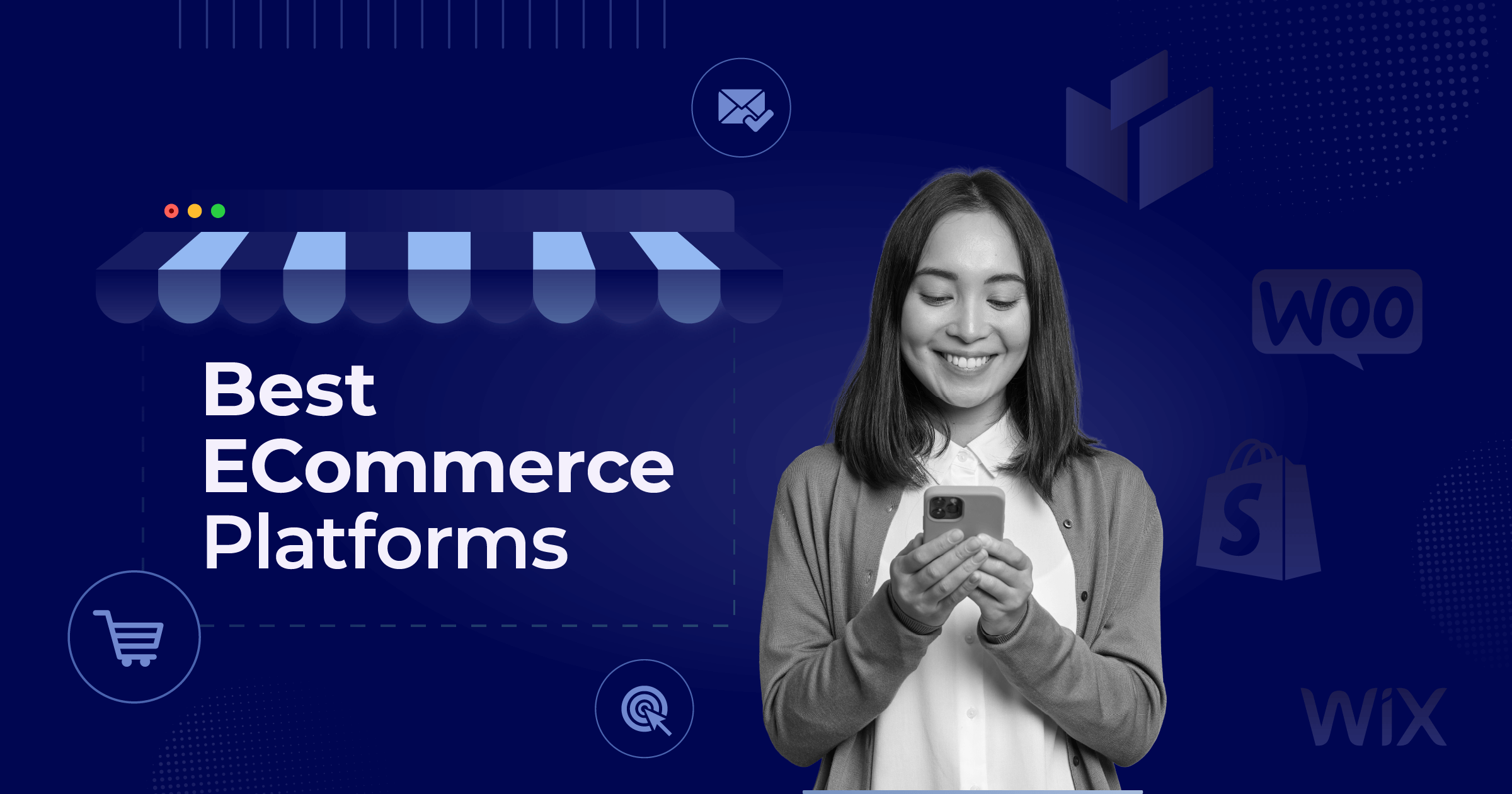
 Published by
Published by
